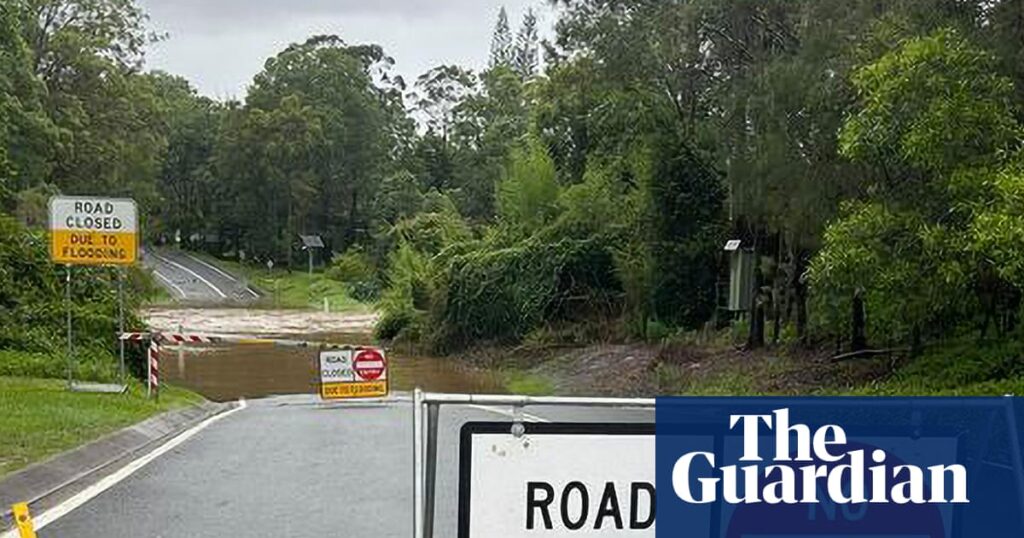
Natural disaster-prone councils in south-east Queensland are raising alarms over the Bureau of Meteorology’s (BoM) decision to discontinue its free real-time flood forecasting tool, Enviromon. They describe the move as a “cost shifting” exercise with “potentially deadly consequences,” affecting not only Queensland but also New South Wales emergency services.
For nearly three decades, Enviromon has been a critical resource for local governments, emergency services, and water managers across Australia. The tool collects, displays, and analyzes data from rainfall and river level gauges, playing a vital role in emergency alert systems. However, BoM plans to cease support and maintenance for external users by July, replacing Enviromon with OneRain, a US-developed software that cannot be sublicensed to councils for free.
While BoM will continue to provide rainfall and river level data through its website, the updates will be sent at 15-minute intervals, compared to the five-minute intervals currently provided by Enviromon. This change has prompted concern from Brisbane City Council, which considers the 10-minute delay unacceptable in flash flood situations that frequently threaten its 1.3 million residents. The council is now exploring alternative software solutions, which could cost an estimated $500,000 initially, excluding ongoing subscriptions.
Local Government Concerns and Reactions
Brisbane City Council’s environment chair, Tracy Davis, criticized the decision as “reckless and dangerous,” urging federal intervention. “Scrapping this service to councils could mean the end of creek alerts and leave lives at risk,” Davis stated, emphasizing the potential life-threatening impact of the decision.
Gold Coast City Council also expressed financial concerns, estimating a $600,000 cost over five years to replace Enviromon. Mayor Tom Tate called on the federal government to shoulder these expenses, highlighting BoM’s responsibility as a commonwealth entity.
Alison Smith, CEO of the Local Government Association of Queensland, echoed these sentiments, urging BoM to provide an equivalent replacement service.
“When weather events are becoming more frequent and more severe, it simply does not make sense that a service taxpayers have already funded wants to charge for emergency information,”
Smith argued.
State-Level Implications and Responses
Unlike Queensland, where local governments handle flood warnings, New South Wales relies on the State Emergency Service (SES) for this role. A spokesperson for the NSW SES confirmed their use of Enviromon and mentioned ongoing collaboration with BoM to transition to alternative solutions. Meanwhile, Victoria’s SES reported not using Enviromon, thus remaining unaffected by the change.
BoM defended its decision, citing Enviromon’s failure to meet modern cybersecurity, stability, and resilience standards.
“The Bureau has been engaging with external users to support them through the transition,”
a BoM spokesperson explained, indicating that user-specific needs would guide their choice of replacement tools.
Broader Impact and Future Considerations
The software change impacts more than just local governments. Seqwater, managing dams and reservoirs in south-east Queensland, relies on Enviromon for flood mitigation efforts, including water release during floods. The organization is currently testing a product from the company behind OneRain as a potential replacement.
This controversy arises amid criticism of BoM’s new $86 million website, which faced backlash for not meeting user expectations. Shadow emergency management minister Ross Cadell criticized BoM’s internal processes, suggesting that sublicensing should have been a contract precondition when replacing Enviromon.
James Logan, director of OneRain Australia, defended the transition, describing Enviromon as outdated and insecure.
“In general, it’s a good thing that there is a process to get everybody to update to some new software that has more capability than Enviromon has,”
Logan remarked, noting that councils have multiple options, including private companies.
As the debate continues, the affected councils and organizations are left to navigate the transition, balancing fiscal constraints with the imperative of maintaining public safety during increasingly frequent and severe weather events.






